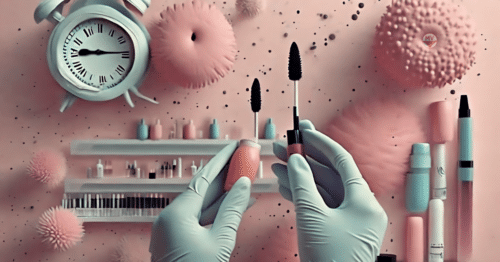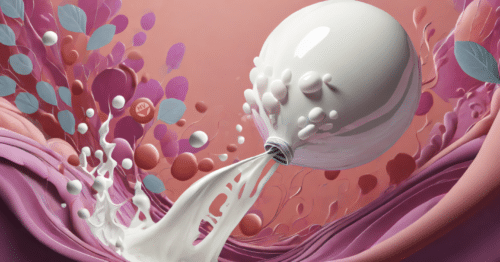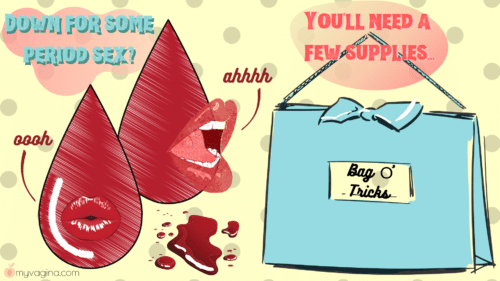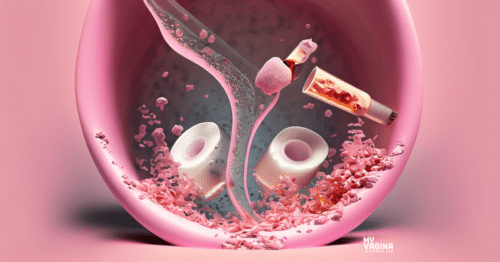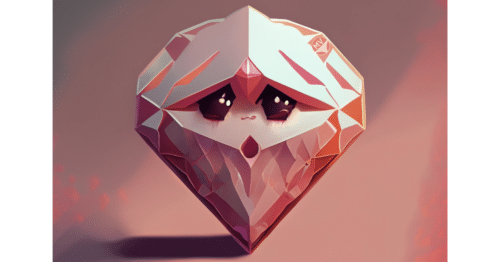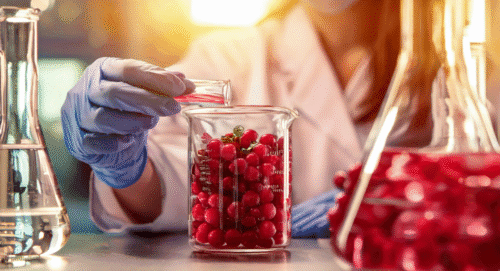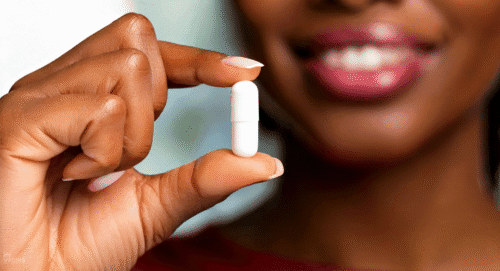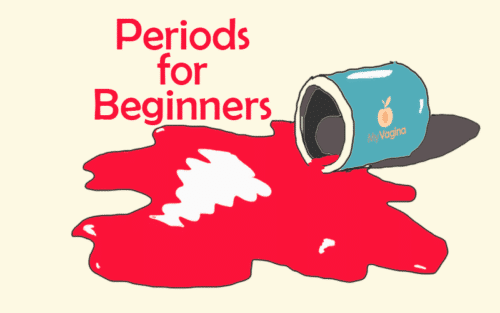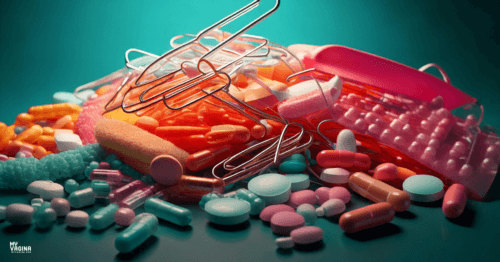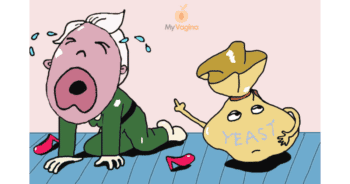Welcome to your body’s cheat sheet!
Let’s get real for a second—there’s a lot happening with your body right now, and sometimes it feels like no one really explains what’s going on. That’s where we come in!
My Vagina is here to give you all the info you need about your vagina, vulva, and the changes you’re going through—without the awkwardness or weird science-y words no one understands.
We’re talking everything from periods (what’s the deal with all that blood?) to puberty (hello, hormones!), masturbation (totally normal), and all those questions you might not feel comfortable asking out loud.
Spoiler alert: there’s nothing gross, shameful, or embarrassing about your body—it’s actually pretty amazing.
This is your safe space to learn, explore, and figure out how to take care of yourself. So grab a snack, settle in, and let’s dive into the facts about your body—because knowledge is power, and you deserve to feel good about yours!
Ask Aunt Vadge
Aunt Vadge: why won’t my treatment capsule stay in my vagina?
Liquid or capsules falling out quickly after insertion? You might not be putting them in far enough! Here is how to get the pessary where it needs to be.
Aunt Vadge: How do oral biofilm enzymes get to the vagina?
Ever wondered how an enzyme taken by mouth can impact vaginal biofilms? Aunt Vadge explains!
Aunt Vadge: I’m cycling between yeast and BV, now I have HPV
Struggling with recurrent yeast infections and BV? Learn effective treatments and understand your vaginal microbiome to break the cycle.



